
The traditional life cycle for new locomotives on a Class I roster would be revenue service, followed by lease return if the railroad leased the power or retirement and sale if they were purchased. In a handful of cases, power that departed a Class I roster will find its way back into its original owner’s […]
Read More…
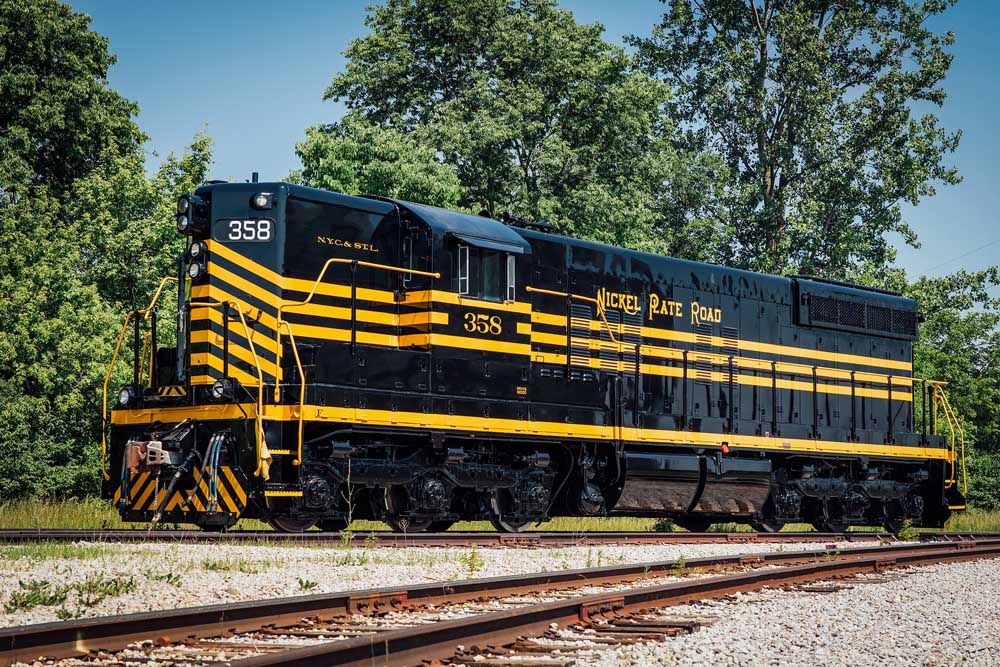
Just when you think recent progress in railroad preservation can’t get any better — I’m thinking here of everything from Big Boy to Reading & Northern 2102 to Silvis Shops to Michigan Central Station — along comes another milestone that, if not quite a blockbuster, is still remarkable. Especially if you’re interested in diesel […]
Read More…
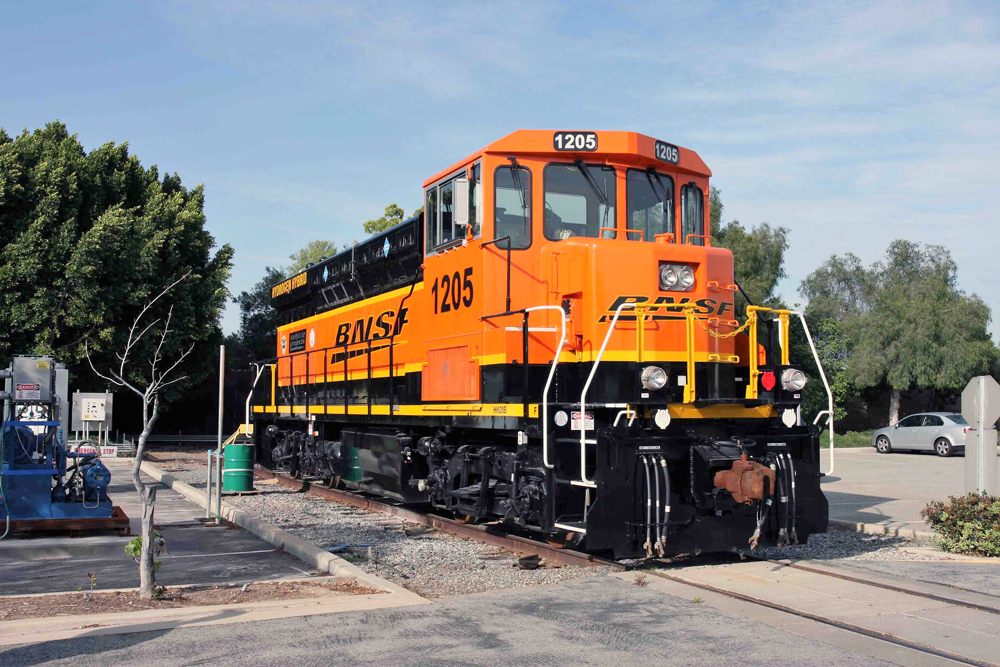
Hydrogen locomotive Hydrogen powered locomotives have been getting plenty of press lately, with several railroads, large and small, taking the concept seriously. Long before the current plethora of projects however, BNSF, in conjunction with Vehicle Projects, a Colorado-based fuel-cell company with transportation interests, commissioned a prototype hydrogen locomotive in the early 2000s. The core of […]
Read More…
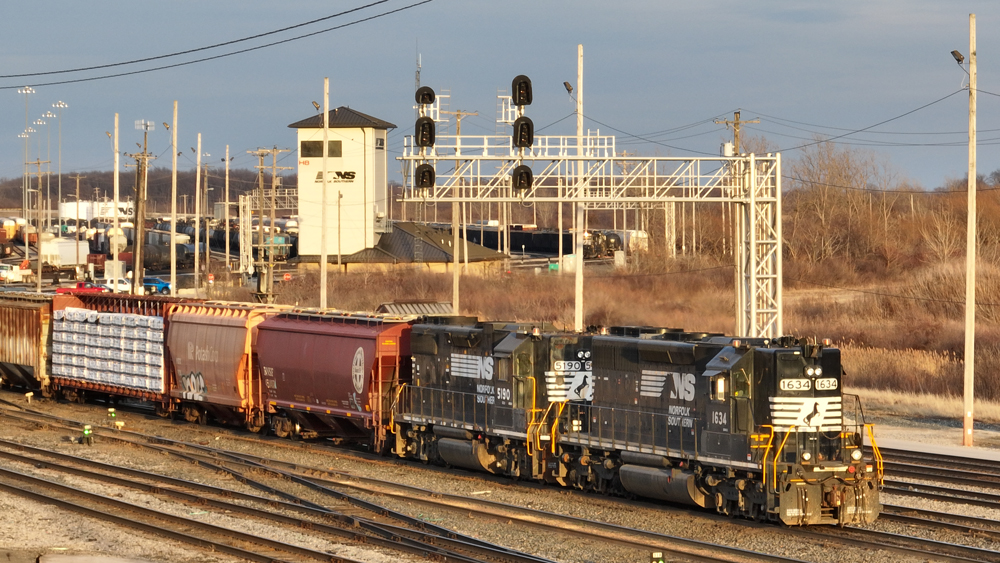
Norfolk Southern high hoods The high-hood locomotive once numbered in the hundreds on the Norfolk Southern roster, charged with every duty from high-value manifest trains to slow coal drags. Some even helped pull the curtain down on the last steam-powered branch lines. Now, their numbers have been decimated down to the double digits, their duties […]
Read More…
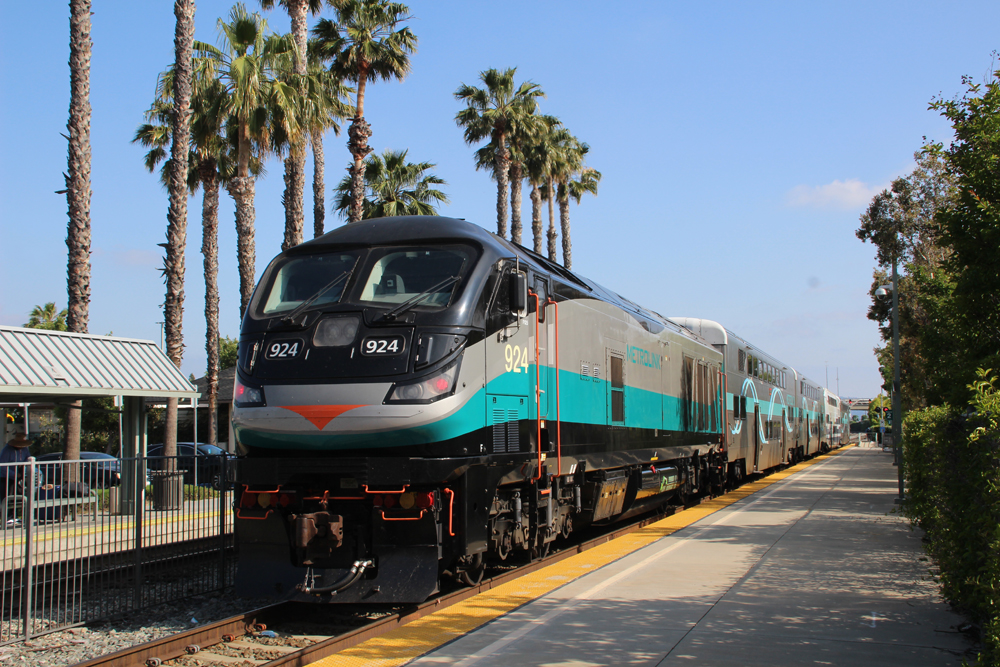
F125 “Spirit” commuter locomotive The F125 “Spirit” commuter locomotive offers something different at Southern California commuter stations. While a modern fleet of homogenized locomotives is great for the financial bottom line, and certainly easier for the maintenance workers who care for them, aren’t you secretly hoping it will not be business as usual behind that […]
Read More…
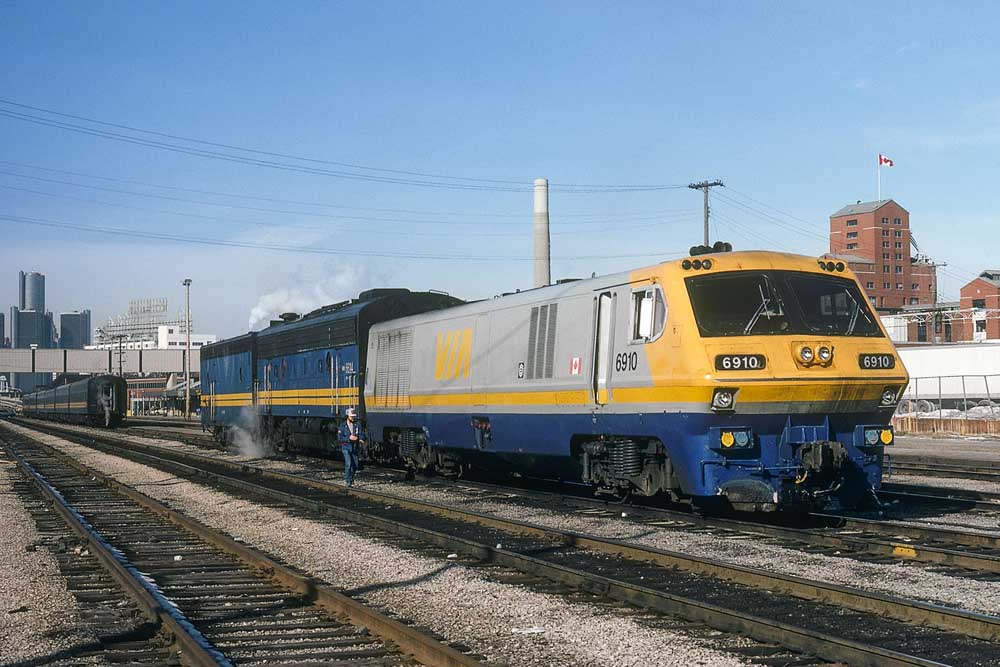
Bombardier LRC diesel locomotives were built for the future using beloved Alco components of old. “From the tip of its pointed nose to its electric tail-end markers, the LRC locomotive is refreshingly different, but at heart it is nothing more than a third-generation FPA,” wrote Greg McDonnell in the July 1983 issue of […]
Read More…
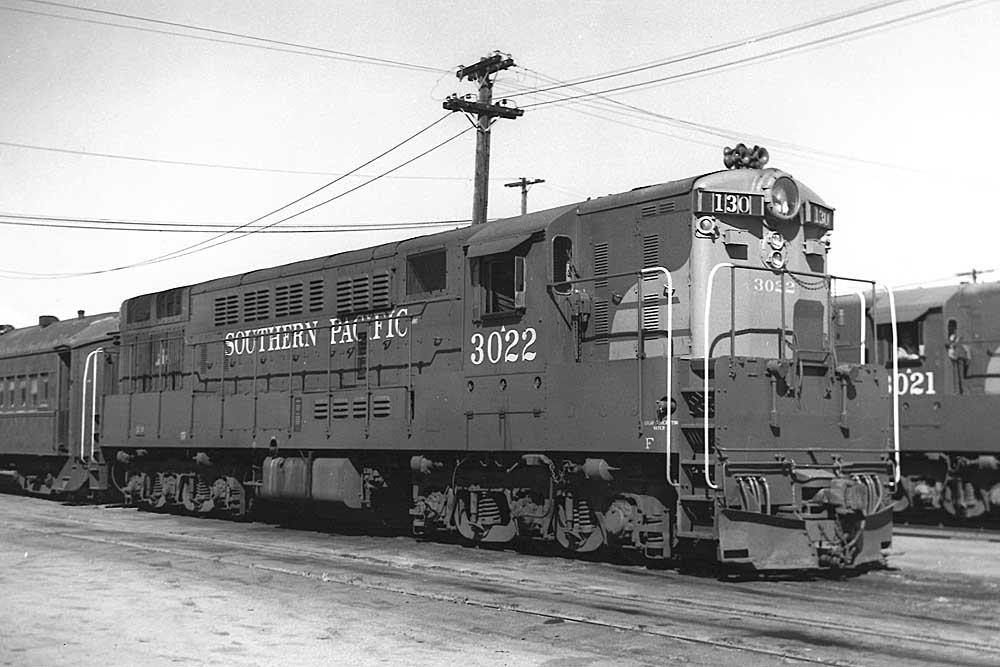
The Southern Pacific locomotive roster was expansive. A headlight breaking the horizon in the 1960s meant one thing; you never were sure what the motive power would be. In its latter years, despite having hundreds of Electro-Motive Division Geeps and SDs and General Electric U-Boats of all models, SP would assemble whatever was available on […]
Read More…

There were more than 200 red-white-and-blue Bicentennial diesel locomotives. Many “Bicens” were specially renumbered, but some (the 76s, 200s, 1776s, 1976s, etc.) were not. Bicentennials roamed the rails in every state (beyond the “lower 48” were two Alaska Railroad FP7s and a rail historical group’s tiny GE in Hawaii); in Panama (a 5-foot-gauge Alco RSC3); […]
Read More…
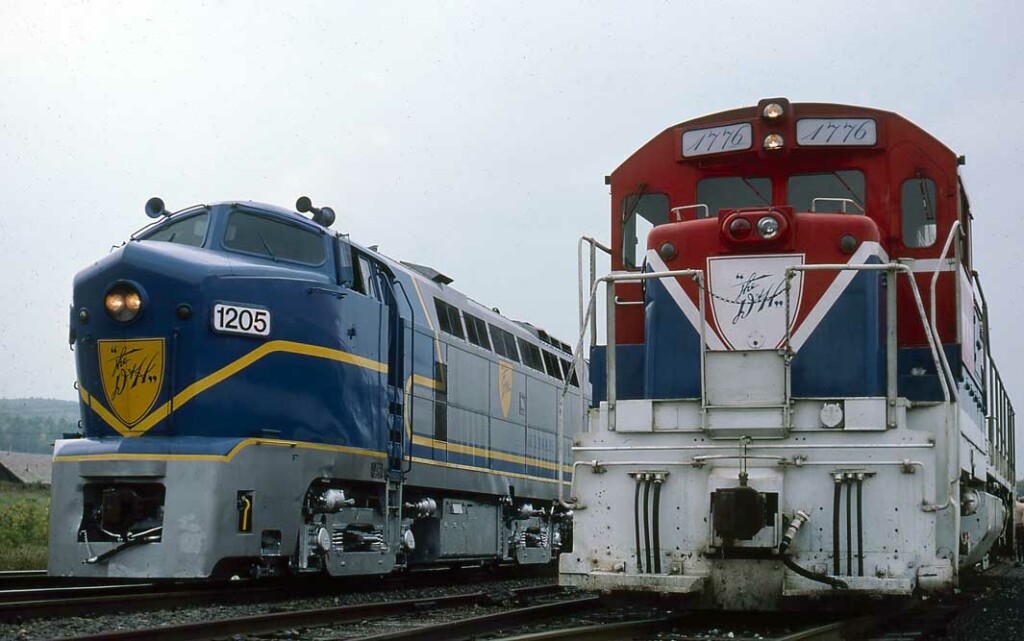
Delaware & Locomotive locomotives demonstrated some of the greatest variety for a railroad its size. Steam locomotives on the D&H were distinctive. Its roster was dominated by 2-8-0 and 4-6-0 types, but it also had notable fleets of 4-6-2s, 4-8-4s, and 4-6-6-4s. After World War I, the road stuck with the 2-8-0 long […]
Read More…

Pennsylvania 6200 turbine locomotive was an experimental locomotive that served on passenger trains in Indiana and Ohio. But it is perhaps best known as the Lionel No. 671 Pennsylvania Turbine. The first of several turbine projects the Pennsylvania considered was also the only one that produced an actual locomotive: steam-turbine-mechanical No. 6200. Pennsy […]
Read More…
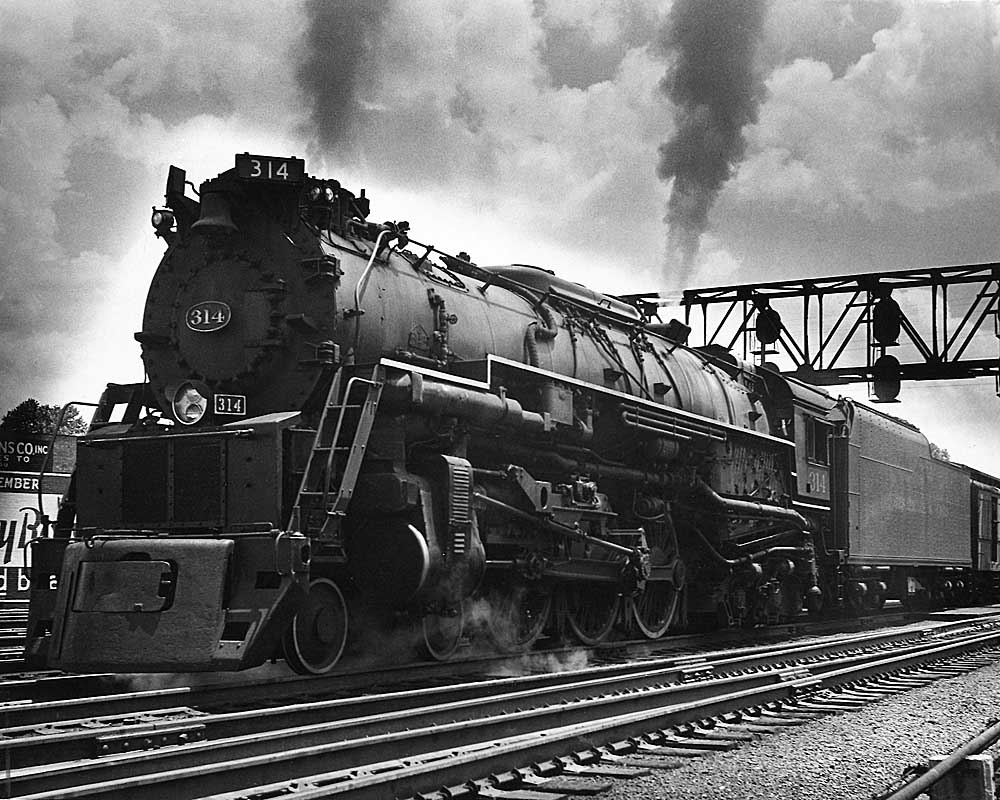
Ask someone to associate a railroad with the heaviest 4-6-4 Hudsons and they’ll likely guess “New York Central.” After all, it was NYC and its supplier, American Locomotive Co., that first developed the 4-6-4 in 1927, and it was NYC that gave the engine its famous name: Hudson, named for the river the Central’s main […]
Read More…

The three railroads that shared Deramus red locomotives also shared the leadership of William N. Deramus III. He began working on the Wabash in 1939 and served in the U.S. Army Transportation Corps in British India before becoming general manager of the Kansas City Southern after the war. He died Nov. 15, 1989, at age […]
Read More…












